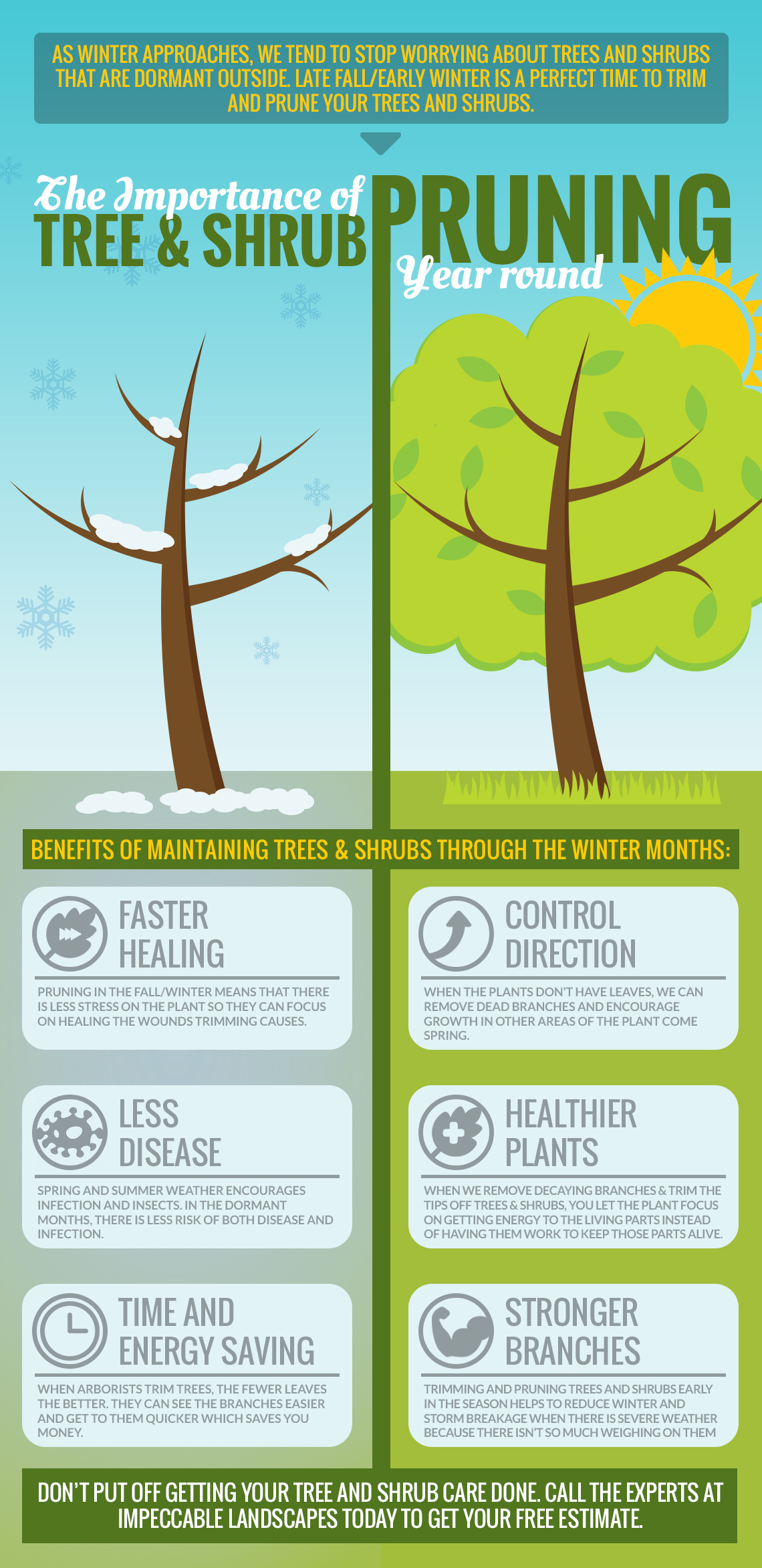Protecting Your Landscape: Replanting After Tree Removal
Protecting Your Landscape: Replanting After Tree Removal
Blog Article
Authored By-Asmussen Garrett
Tree removal can leave a void in your landscape that needs filling. You can grow something brand-new in that space, yet it takes extra treatment and interest at the starting to assist it thrive.
The dirt in that location will certainly keep altering gradually as microbes break down the old roots. That can impact the nutrient equilibrium and physical area for new development.
Dirt
The dirt in a plot where a tree has been removed is most likely to be extremely various from the rest of your yard or backyard. The roots of the old tree and the stump will certainly have changed the dirt, eliminating some nutrients and potentially crowding out various other plants. On top of that, if the previous tree was unhealthy, the contagious agent might still remain in the ground.
The visibility of roots fosters a rich and diverse community of soil bacteria that improves essential processes like nutrition biking and raw material disintegration. Without these microorganisms, the displaced dirt can end up being less fertile and nutrient-depleted, with an unfavorable influence on plant development.
Prior to replanting, the dirt needs to be removed of particles and organic product (such as timber chips from stump grinding). You may want to mix in potting soil or native dirt with this compost to offer your new planting with a setting that is well balanced and loaded with nutrients.
Water
Tree origins soak up big quantities of water from the soil. This process additionally adds nutrients back to the dirt, especially nitrogen, which is essential for new trees and plants. Sadly, old dirt can be diminished of these vital minerals due to the worn out origins and stump from an eliminated tree.
This is why it is essential to have a plan for the future of your landscape. Preferably, landscape service near me to plant is when you have a clean slate.
Whether you're growing yard or blossoms, make certain to utilize a soaker tube to stay clear of overwatering your new landscaping. If the location was a garden, ensure to cover the dirt with natural compost to assist maintain wetness in the dirt, manage dirt temperature levels and suppress weeds. This also supplies a layer of protection for young plants and promotes worm activity. After that, routinely renew the compost to continue improving the dirt nutrient density and microbial life. arborist tree trimming is called dirt restoration.
Light
Trees are a great addition to any landscape, supplying color, visual pulchritude, and many various other benefits. Nonetheless, often trees end up being undesirable as a result of a range of reasons, consisting of disease, parasite infestations and natural aging.
In such cases, it might be required to eliminate a tree. It is essential to consider the value of a certain tree in your landscape design and take the correct actions to ensure that the removal is done safely and efficiently.
During the late summer season, it's an ideal time to perform upkeep and examinations on existing trees. Search for indicators of illness, insect invasions, or structural damage, along with any type of potential risks such as damaged or leaning trees.
Prior to starting any kind of building and construction projects, make certain to safeguard the origin areas of existing trees by staying clear of soil compaction and grading around them. Organic matter, as it breaks down, can generate toxic gases that are damaging to the roots of a tree. It's additionally a great concept to mulch the area around a tree after building has actually finished to preserve moisture and suppress weed development.
Temperature
Trees are necessary to a landscape for their aesthetic appeal, yet they additionally play an important role in the local ecological community by giving shade and windbreaks. They sustain wild animals habitats and decrease the quantity of co2 airborne, which can add to international warming. https://www.pleasantonweekly.com/news/2020/08/31/pleasanton-residents-oppose-removal-of-tree-that-city-officials-call-a-public-safety-hazard is why it is advisable to replant trees after getting rid of one from the home.
When replanting a new tree in the place of a previous stump, the soil may not have adequate nutrients to sustain it. It is best to wait on a year prior to growing to make certain that the soil will certainly be rich in nutrients.
To make certain that replanted trees thrive, it is vital to provide them with correct treatment. A layer of mulch will maintain soil moisture from evaporating, manage dirt temperature level, and aid subdue weeds. Organic compost is the preferred selection because it enhances soil fertility. Continuous fertilization and insect control are also essential for replanted trees.